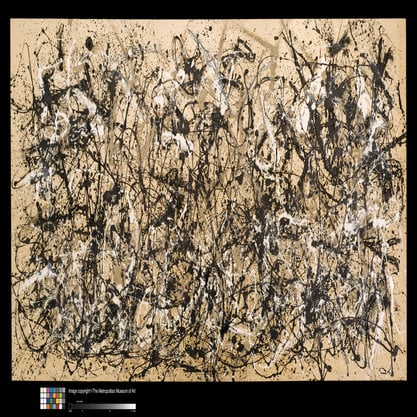Article
Pavia, Philip (1912–2005) By Thyssen, Esther T.
Article
American sculptor and organizer of the New York art community, Philip Pavia sought to forge a group identity for the New York School. Pavia founded the Downtown Artists Club (1949–1955) with Willem de Kooning, Franz Kline, Ibram Lassaw and others. “The Club” transformed earlier gatherings into an intellectual and social forum as artists debated propositions and principles of Abstract Expressionism as well as the moniker itself. Lectures by luminaries like Joseph Campbell, John Cage and Hannah Arendt, and bi-weekly discussions nurtured artists’ theories. Harold Rosenberg’s milestone essay “The American Action Painters” (1952), for example, evolved from club panels convened by Pavia on “problems” of Abstract Expressionism. Dislike of French Surrealist influence and challenges to the validity of formalist arguments were common. Pavia initiated annual exhibitions with the Ninth Street Show in 1951. Between 1958 and 1965, as an extension of the annuals, Pavia edited and published the periodical It is. A magazine for abstract art (sic). Critical writing, manifestoes and statements by fellow artists were printed alongside reproductions of new work. The periodical was structured as an artists’ archive for Abstract Expressionism during the mature phase of the movement. Concurrently Pavia made abstract sculpture in bronze, stone, and clay.


